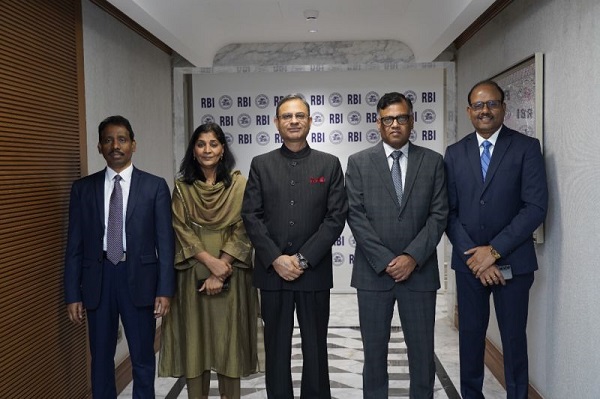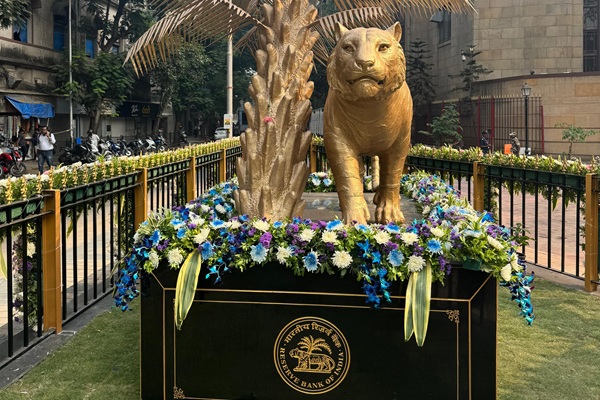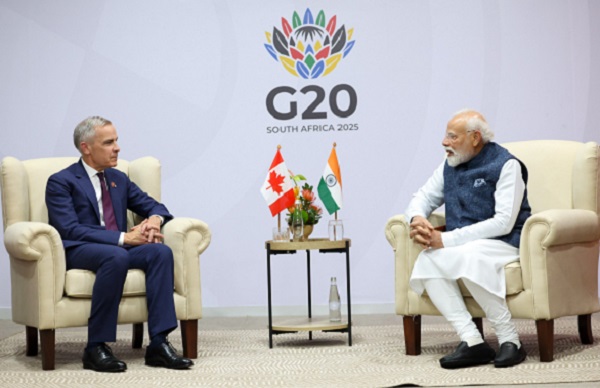.png)
March 14, 2025 at 5:25 AM IST
India’s economy is shaking off a period of unexpected weakness, with momentum building on the back of a fiscal and monetary pivot, according to a Morgan Stanley report released earlier this week.
A surge in government capital expenditure, easing financial conditions, and resilient services exports are setting the stage for a sharper rebound. Investor sentiment remains cautious, but with policy tailwinds gaining traction, the report sees India reclaiming its position as a regional growth leader.
The slowdown in 2024 caught policymakers and investors off guard. Fiscal tightening during the election cycle and aggressive monetary policy moves restrained growth despite stable macro fundamentals.
Government spending, which accounts for 28% of GDP, contracted by 6% at its worst point in July before a slower-than-expected recovery. Capital expenditure also lagged, declining 12% between May and November, before rebounding 37% in January, the report said.
Meanwhile, monetary tightening across policy rates, liquidity, and regulatory measures compounded the downturn.
Investor confidence remains fragile. The unexpected nature of the slowdown and the softer-than-expected bounce have left markets cautious. If recovery signs strengthen in the coming months, sentiment could shift, but a prolonged soft patch would reinforce doubts about the economy’s resilience.
Policy Support
Government capital expenditure is providing the backbone for recovery. Central government capex growth surged in December and January, with the financial year 2026 budget planning a 10.1% increase, the report said. Including grants to states, total public investment is set to rise 17.4%, adding momentum to infrastructure and economic activity.
Monetary policy is now easing after months of restraint. The Reserve Bank of India has started cutting rates as inflation cools, with real policy rates declining from a peak of 3.4% in June 2024 to 2.5% in February 2025. A second 25-basis-point cut is expected in April, with further reductions likely if growth fails to gain pace.
Liquidity conditions are also improving. Tight interbank liquidity in late 2024 was a by-product of aggressive foreign exchange intervention. Since December, RBI has shifted course, deploying open market operations, repo injections, and FX swaps to restore liquidity, bringing interbank rates below the policy rate.
Regulatory easing is complementing monetary support. The rollback of risk-weight hikes on bank lending to non-bank financial firms is improving liquidity access. More easing is expected, particularly in consumer credit, which could help fuel private spending.
Services exports remain a key growth engine. Services exports have nearly doubled since December 2020, far outpacing goods exports. By January 2025, services exports hit $414 billion, or 10.8% of GDP, nearly matching the $426 billion of goods exports.
India’s global services trade share has climbed from 3.9% in 2020 to 4.4% in 2024. Unlike goods exports, which are vulnerable to trade uncertainty, services exports tend to be more resilient, supporting urban job creation and domestic demand.
Consumption is showing signs of revival. Real private consumption growth picked up to 6.9% in Oct-Dec, while fast-moving consumer goods volume growth hit 7.1%, up from an average of 3.5% in mid-2024.
Several factors could drive a broader recovery: tax cuts for low-income households, real income gains from moderating food inflation, job growth, and easier access to credit.
Capital expenditure trends will be critical. Overall government spending growth stabilised at 9% in Oct-Dec, after languishing at 4% in the prior two quarters. Central government capex, a major driver of growth, accelerated to 67% on a three-month moving average basis in January. The financial year 2025-2026 budget outlines a further 10.1% increase, while total state and central capex is projected to rise 17.4%.
Private investment remains weak. Global uncertainty and subdued goods exports continue to weigh on corporate confidence and manufacturing capex. While India is less exposed to global trade disruptions than other Asian economies, external risks persist. Monetary easing should provide some support, but a full recovery in private investment is likely to take time.
Trade tensions pose a challenge. India faces direct tariff risks due to high import duties, non-tariff barriers, and a goods trade surplus with the United States. Washington is considering tariffs on Indian pharmaceutical exports, which make up 2.8% of total exports and 0.3% of GDP.
A trade deal with the United States is expected, but negotiations could drag on, with officials targeting an autumn 2025 timeline. Until then, reciprocal tariffs are set to take effect in April, adding potential downside risks.
India’s economic recovery is taking hold, but risks remain. Fiscal and monetary easing are supporting growth, but investor sentiment is still cautious. Whether domestic demand can withstand external pressures, particularly trade tensions, will determine how fast India reclaims its growth leadership. For now, government capex and policy support are providing the necessary foundation.




